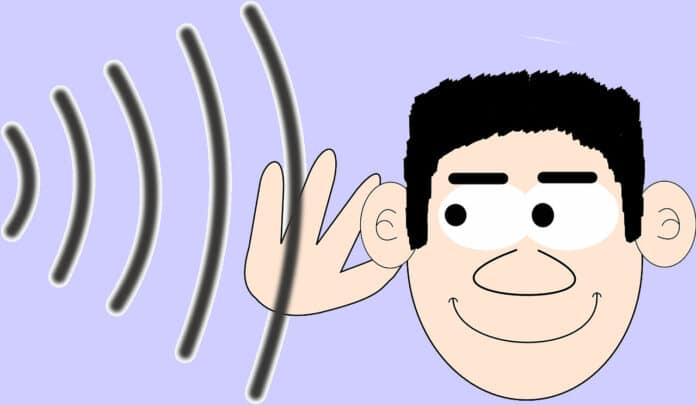Voice and face processing occurs through convergent neural systems that facilitate speaker recognition. Neuroimaging studies suggest that familiar voice processing engages the early visual cortex, including the basal temporal lobe’s bilateral fusiform gyri (FG). However, what role the FG plays in familiar voice processing and whether bottom-up or top-down mechanisms drive it is unresolved.
According to a new study by the University of Pittsburgh, voice and face recognition are linked even more intimately than previously thought. It raises the intriguing notion that visual and aural information necessary for identification feeds into a single brain area, enabling more powerful, comprehensive recognition by merging different sensational modes.
With the aid of direct cortex recordings from epilepsy surgery patients, researchers looked at human FG’s neurological reactions to well-known voices and faces. They looked at the temporal characteristics of voice responses in FG and tested the theory that neuronal populations in human FG react to recognizable sounds. Five adult epilepsy surgery patients were recorded while completing a task that required them to identify people using visual and audio cues of well-known speakers. Patients were presented with images of presidents or clips of their voices and asked to identify the portrait/speaker.
The fusiform gyri, or FG, is the area of the brain that processes visual signals. Electrical activity recordings from this brain area revealed that when individuals heard familiar voices, the same region became active, albeit with a lower and somewhat delayed response.
Senior author Taylor Abel, M.D., associate professor of neurological surgery at the University of Pittsburgh School of Medicine, said, “From behavioral research, we know that people can identify a familiar voice faster and more accurately when they can associate it with the speaker’s face, but we never had a good explanation of why that happens. In the visual cortex, specifically in the part that typically processes faces, we also see electrical activity in response to famous people’s voices, highlighting how deeply the two systems are interlinked.”
“It shows that auditory and visual areas interact very early when identifying people and don’t work in isolation. In addition to enriching our understanding of the brain’s basic functioning, our study explains the mechanisms behind disorders where voice or face recognition is compromised, such as in some dementias or related disorders.”
Journal Reference:
- Ariane E. Rhone et al. Electrocorticography reveals the dynamics of famous voice responses in human fusiform gyrus. Journal of Neurophysiology. DOI: 10.1152/jn.00459.2022
